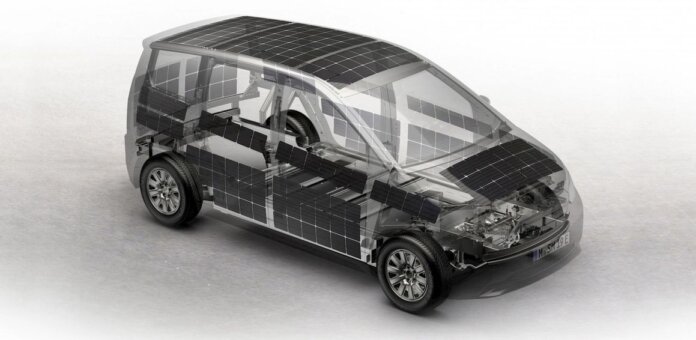The Swedish electric vehicle manufacturer Clean Motion AB has entered a collaboration with Finnish Value Oyj on the integration of “highly efficient” solar cells in the roofs of the vehicles.
The partnership is based on the integration of Valoe’s IBC cells (interdigitated back contact) into Clean Motion’s future roof modules. Clean Motion performed tests with solar cell roofs in 2015, but then the technology was not mature enough. Since then, the efficiency of solar cells has increased sharply, and in combination with Clean Motion’s energy efficient vehicles, the technology is now commercially relevant. Soon, the goal is to have a vehicle with the range of 100 kilometers per day from solar energy.
“We are not alone in integrating solar panels into vehicles,” says Göran Folkesson, CEO of Clean Motion. “What is unique is the energy efficiency of our vehicles, which means that the sunroof can make them self-sufficient in energy.”
“I founded Clean Motion because the automotive industry does not do much or particularly right when it comes to sustainable transport,” continues Folkesson. “Although electrification is advancing, now faster than ever before, it is still mostly about clumsy, resource-wasting vehicles with large and expensive batteries.”
“For Valoe, the development agreement with Clean Motion creates good opportunities to enter widely to the global market of solar-powered electric vehicles,” states Iikka Savisalo, CEO at Valoe. “I’m pleased that Clean Motion has chosen the Valoe as its partner for developing vehicle-integrated photovoltaic systems. Timing is definitely right for small solar-powered vehicles.”






Assuming a solar limit of five hours per day of available light – esp with panels facing straight up – then the article’s aspiration of 100km/day from rooftop solar means 20km/hour of solar exposure. The solar roof configuration shown in the photo looks like 200 – 300 watts of maximum real estate capacity (assuming 20% efficiency adhesive panels). Those figures imply that the underlying vehicle would get 10 – 15 watt hours per km. The average passenger vehicle uses 200 – 300 wattvhours/km today.